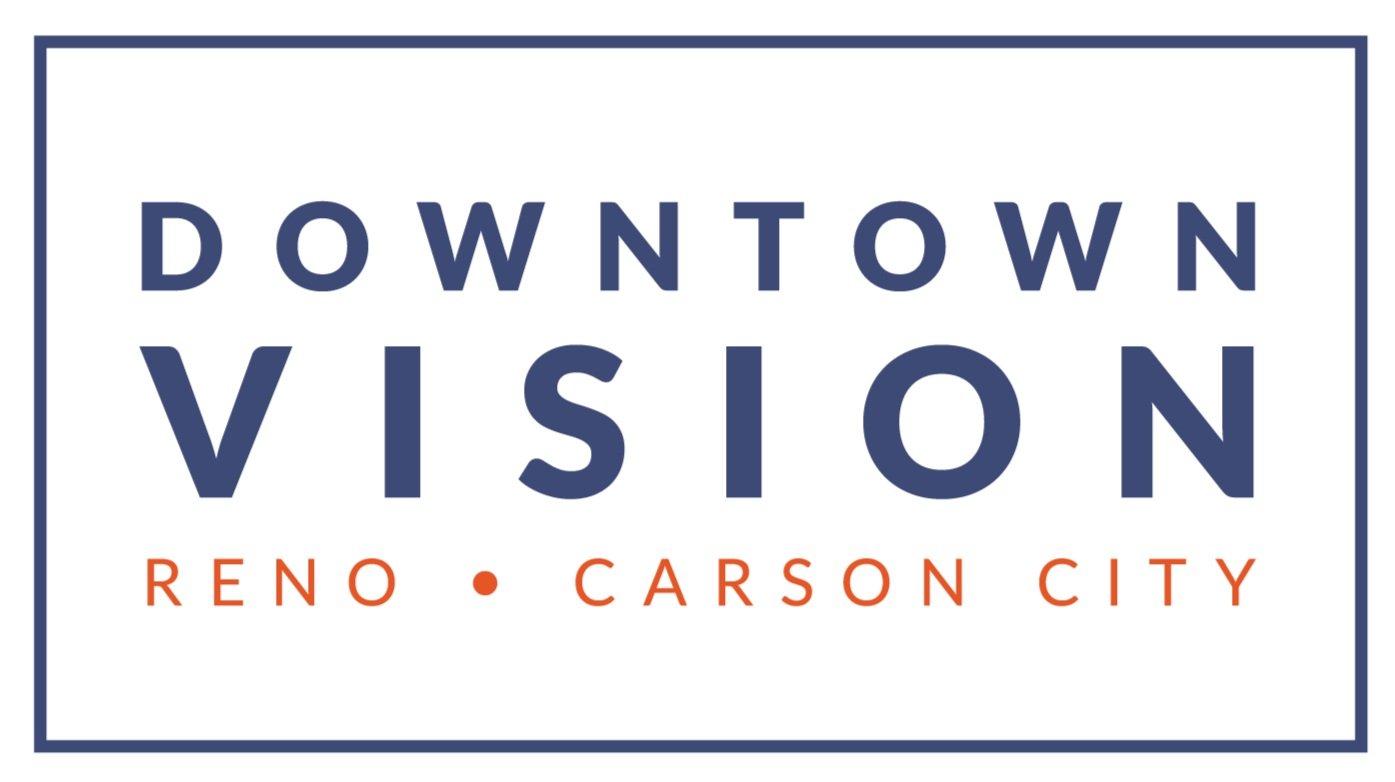UV: The Science Behind the Light
It surrounds us; it flows through us; it binds the galaxy together… okay, maybe not that last one. And no, we’re not talking about the Force today. What this is referring to is the electromagnetic spectrum (EMS)! Yes, our good friend from our HEV article from long ago and far, far away.
As you may know by reading our last article on the importance of sunglasses, UV light makes up a portion of the EMS, sitting just past violet on the visible light spectrum. We know the type of damage UV light can cause, but, similar to its cousin HEV (High energy visible light), it still leaves a lot of us wondering: what is UV light exactly? Why is this term so often thrown around in the summertime.
First, let us revisit the electromagnetic spectrum. All forms of energy give off radiation in waves, and these waves exist on a spectrum that measures how these waves change. Everything from radio waves to microwaves, WiFi and cellular technology, to the colors we see, to radioactive materials exist on this spectrum. But the most important feature of this spectrum is how different waves affect us. This spectrum can be divided into three major parts: low energy waves, visible light, and high energy waves.
Image from Wikipedia
Like the image shows, waves that are further apart don’t really have an effect on us, but can affect our surroundings. Then we have the visible light spectrum that matches our eyes and how we perceive light. This includes all the colors of the rainbow and everything we can see. And beyond that, we have high energy waves that can be increasingly dangerous and harmful.
Pocketed right beyond violet on the visible light spectrum is ultraviolet light waves, or UV light. UV light can actually be seen, to a small degree. If you’ve ever been to a roller rink, bowling alley, or really enjoyed Grateful Dead posters, chances are you’ve seen a black light. Black light is a very slim part of the spectrum that gives off UV-A rays. They’re trippy, but can certainly cause harm if you’re exposed to it long enough. Meanwhile, most other UV light is invisible to us, but almost always present thanks to our very own sun.
Our sun gives off three types of UV light that reaches us here on Earth. Like our last article summarized, UV-C waves are absorbed by the Earth’s upper atmosphere and therefore don’t present a threat to us. UV-B and UV-A waves, however, are able to penetrate the atmosphere and affect us every day. They’re the reason we get warm weather! And UV-B waves trigger our bodies to create Vitamin D, which can be good for us. Things get dangerous when our body is exposed to too much UV-A and UV-B waves. This results is the things we know all too well, like skin cancer, cataracts and macular degeneration.
We know the importance of sunglasses and blocking UV waves, but how effective is it really?
For the longest time, I was always under the impression that sunglasses were meant to block out all light, or as much as possible. I always thought: the darker the shades, the better they were. Afterall, they’re called sunglasses for a reason, right? So obviously, they’re meant to block out the sun. But in reality, the darkness doesn’t matter a whole lot. Having darkened lenses or mirrored lenses simply help reduce glare and can help you from squinting in bright light, but the level of tint has nothing to do with blocking out what really matters: UV-B and UV-A waves. Actually, most everyday prescription eyeglasses have the same coatings and UV protective qualities as sunglasses. There’s a good chance the prescription glasses you have on now already block out most UV waves.
Sunglasses are important because of the added benefits they serve in eye protection, even if they aren’t prescription. As long as they block 100% of UV-B and UV-A waves, they can protect your inner eyes from damage that can have long lasting effects on your vision. This does come with a caution, though: not every pair of sunglasses you come across with be both UV-B and UV-A protective, and some might not have any UV protective qualities at all. When looking for a pair, even cheap ones, be sure they can block out both types of UV waves. Your eyes will thank you.
Bonus fact of the day: UV blocking can even be added to contacts! In our ever-expanding selection of the finest frames in fashion, we offer a wide variety of custom-fit contact lenses, if glasses aren’t really your thing. New amongst them are our transition contacts! These contact lenses are able to seamlessly adjust from indoor to outdoor, tinting enough to block out glare, HEV light, and UV waves. Up close, they appear just like any other contact lens. Even tinted, they don’t appear to be too Black Mirror-ish.
It’s easy for us to remind you to wear sunglasses. Every eye doctor will, no question. But just as important as reminding you to wear them is explaining why you should wear them. Understanding UV light in the first place helps us understand why wearing UV protective eyewear is so important! We like keeping our patients fashionable, but we love keeping their eyes healthy and happy!
Have fun in the sun, but always remember to protect your eyes!
Title Photo by Rich Smith on Unsplash


